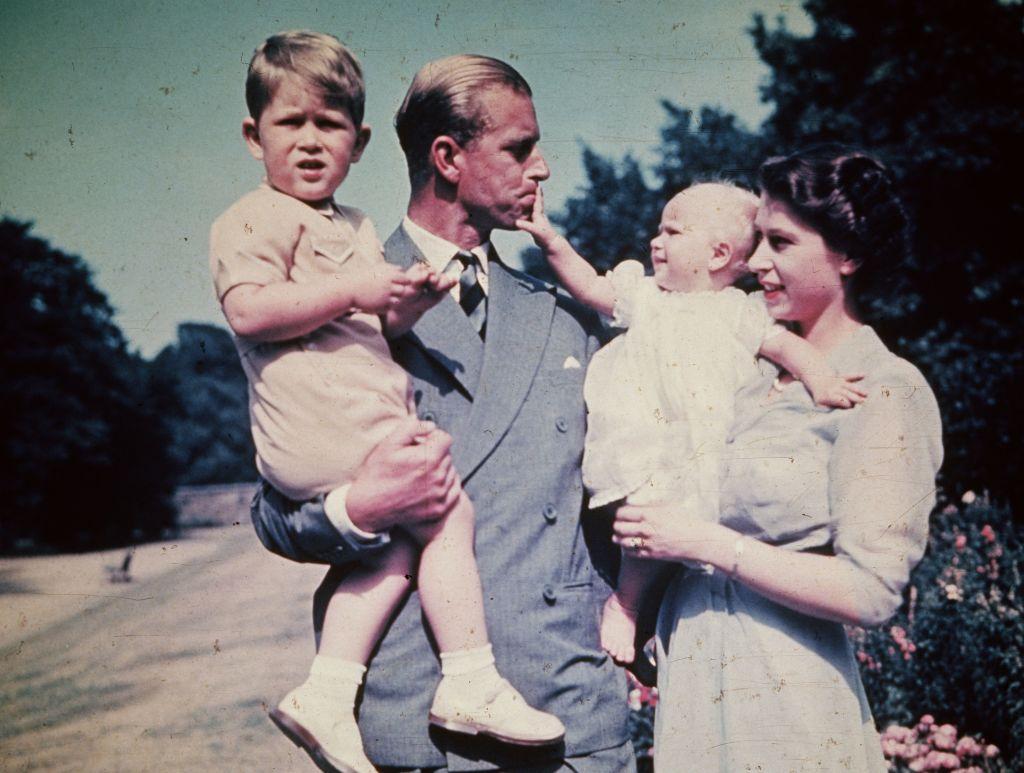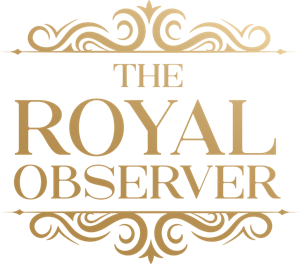Queen Elizabeth Was Never Pictured While She Was Pregnant— And There's A Surprising Reason Behind It

Queen Elizabeth II and Prince Philip with their children, Prince Andrew, Princess Anne, and Prince Charles outside Balmoral Castle in Scotland in 1960.
Royal pregnancies today are dutifully recorded, with every maternity outfit, public engagement, and growing baby bump making headlines. While Princess Diana, Kate Middleton, Meghan Markle, Princess Anne, Sarah Ferguson, and other royal pregnancies were celebrated in the media, all four of Queen Elizabeth II's were a hushed affair. The Queen was never captured in public with a pregnant belly. Why? Well, because of the strict taboos that existed at the time.
The Queen’s pregnancies were not publicly acknowledged. At the time, it was considered improper for royal women to be seen in public while visibly pregnant, with societal norms dictating that pregnancy be kept private. This meant there were no public appearances, no interviews about her pregnancy, and no maternity photos released to the press. The practice of royals posing with their newborns on the steps of the hospital is also a rather modern practice.

Queen Elizabeth with her husband Prince Philip and their children Prince Charles and Princess Anne in August 1951.
As per Newsweek, to ensure no photos were taken, The Firm would take steps to keep the Queen away from public view once her pregnancy became noticeable. Buckingham Palace would issue an announcement that she would not engage in royal duties, without ever acknowledging the pregnancy itself. In 1948, when the Queen was expecting her first child, Prince Charles, the palace issued a statement that read, “Her Royal Highness Princess Elizabeth will undertake no public engagements after the end of June.”
Five months later, Charles was born and remained inside Buckingham Palace for a month before the first official photos of him were taken at his christening on December 15, 1948. Additionally, while many royal mothers now opt for hospital births, all of the Queen’s children were born within the premises of Buckingham Palace, following extended periods of bed rest. When she gave birth to Charles, the then-Princess Elizabeth also had to follow the upper-class tradition of delivering at her parents' residence.
Charles was hence born in a guest room at Buckingham Palace known as the Buhl Room. The Queen had endured 22 hours of labor before undergoing an emergency cesarean section at the palace, as reported by Woman & Home. Prince Philip was reportedly not present for the birth, as he was out playing squash. The shift away from this level of secrecy began only with Diana, who was the first royal mother to break tradition and give birth in a hospital.
In 1982, she welcomed Prince William at St. Mary’s Hospital, a decision that was heavily influenced by media scrutiny. According to biographer Andrew Morton, Diana revealed, “I couldn’t handle the press pressure any longer, it was becoming unbearable. It was as if everybody was monitoring every day for me.” She also stated that William had to be induced to accommodate Charles’s polo schedule, as per People magazine. Father like son!
